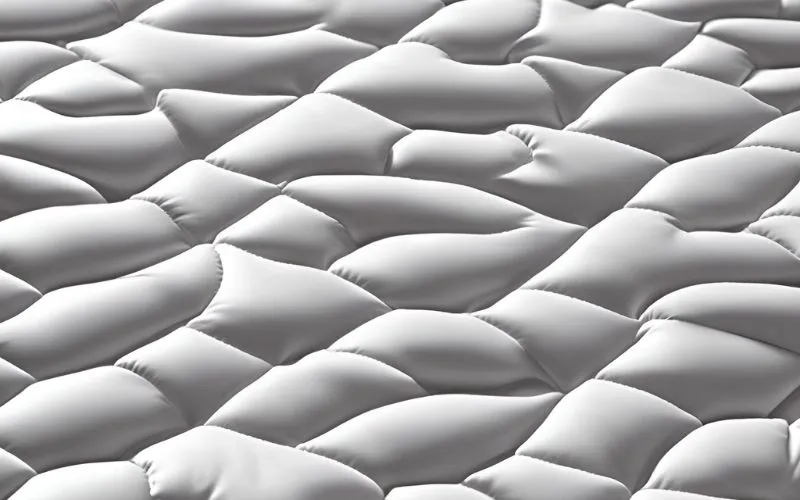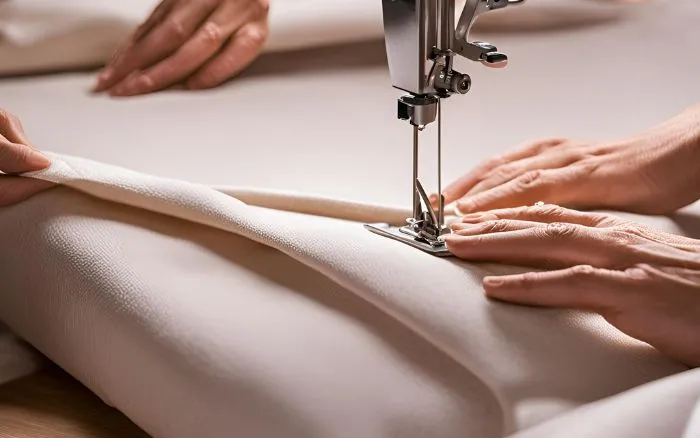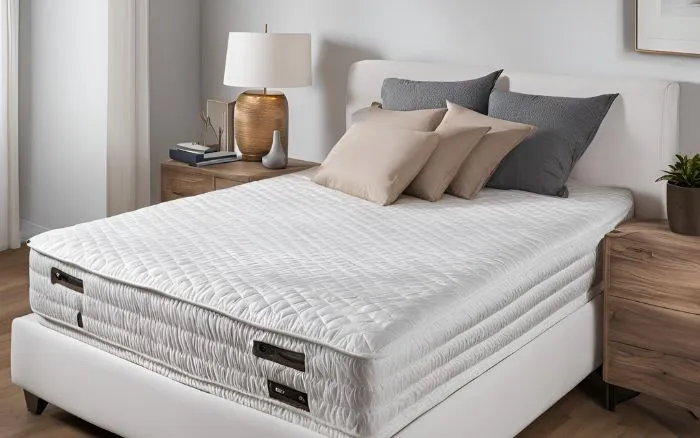Understanding Mattress Pads for Pain Relief with Adjustable Beds

Introduction
Welcome to our comprehensive guide on using mattress pads for pain relief with adjustable beds. In this article, we’ll explore the benefits of mattress pads, how they provide pain relief, the different types available, considerations for choosing the right mattress pad, recommended sleeping positions, maintenance tips, and much more. If you’re looking to enhance your sleep quality and alleviate discomfort, you’ve come to the right place!
What Are Mattress Pads for Pain Relief with Adjustable Beds?
Benefits of Using Mattress Pads
Mattress pads are designed to provide numerous benefits, especially in the realm of pain relief when used with adjustable beds. These benefits include:
- Pressure Relief: Mattress pads offer enhanced pressure relief, particularly for individuals experiencing discomfort in various parts of their body.
- Support and Alignment: They help in maintaining proper spinal alignment and provide essential support, especially for those with back pain or other bodily aches.
- Temperature Regulation: Many mattress pads are designed to regulate temperature, ensuring a comfortable sleep environment and contributing to pain relief.
How Do Mattress Pads Provide Pain Relief?
Mattress pads are designed to offer effective pain relief by addressing key factors that contribute to discomfort and muscle tension. They achieve pain relief through:
- Enhancing Comfort: Mattress pads provide an additional layer of cushioning and support, which promotes better spinal alignment and reduces pressure points. This enhanced comfort can significantly alleviate aches and pains, especially for individuals with back or joint issues.
- Alleviating Tension: By targeting key pressure areas such as the shoulders, hips, and back, mattress pads work to alleviate tension and soreness. This targeted support is particularly beneficial for individuals with chronic pain conditions or those recovering from injuries.
- Improving Circulation: The unique construction of mattress pads promotes better blood flow and circulation, which can help reduce stiffness and discomfort. Improved circulation can also aid in the recovery process for muscle-related pain.
- Regulating Temperature: Some mattress pads are designed with cooling properties to regulate body temperature, preventing overheating and promoting a more restful sleep environment.
Types of Mattress Pads for Pain Relief
When it comes to finding the right mattress pad for pain relief with adjustable beds, there are several options to consider. Each type of mattress pad offers unique features and benefits that address different needs. Here are some popular types of mattress pads designed specifically for pain relief:
- Memory Foam Mattress Pads: These pads are a go-to choice for pain relief. They are renowned for their contouring properties, providing tailored support to alleviate pressure points and promote better spinal alignment. The adaptive nature of memory foam ensures that individuals with pain issues get the necessary comfort and relief they seek.
- Gel-Infused Mattress Pads: If you’re someone who struggles with temperature regulation while sleeping, gel-infused mattress pads are an excellent option. They are specifically designed to regulate temperature and offer enhanced cooling properties, making them ideal for pain relief and overall comfort. The cooling effect of gel-infused pads can be particularly beneficial for individuals with conditions like arthritis or fibromyalgia, providing a soothing and comfortable sleep surface.
- Latex Mattress Pads: Known for their durability and support, latex pads are a great choice for individuals seeking pain relief and added firmness. The natural resilience of latex allows for consistent support and helps distribute body weight evenly, reducing pressure points. With excellent breathability and a hypoallergenic nature, latex pads cater to the needs of individuals with pain sensitivities and allergies, offering a comfortable and supportive sleep environment.
- Waterproof Mattress Pads: For those dealing with incontinence or accidental spills, waterproof mattress pads are essential. These pads provide a protective barrier against liquids, preventing mattress damage and ensuring a clean and hygienic sleeping surface. Individuals with pain issues, as well as caregivers looking after them, can benefit from the peace of mind offered by waterproof mattress pads.
- Heated Mattress Pads: Anyone seeking relief from muscle pain or joint stiffness can find comfort in heated mattress pads. These pads offer adjustable warmth levels and can alleviate discomfort by promoting relaxation and improving blood circulation. The gentle heat provided by these pads can be particularly soothing for individuals with conditions like arthritis, providing a comforting and cozy sleep experience.
Choosing the Right Mattress Pad
Considerations for Adjustable Beds
When selecting a mattress pad for an adjustable bed, there are specific considerations to keep in mind:
- Flexibility: The mattress pad should be compatible with the adjustable features of the bed, ensuring optimal functionality.
- Secure Fit: It’s essential to choose a pad that fits securely on the adjustable bed to prevent shifting or bunching.
- Thickness: Consider the thickness of the pad to ensure it complements the adjustments made to the bed.
Firmness and Support
Firmness and Support
The firmness and support provided by a mattress pad are crucial for pain relief with adjustable beds. Factors to consider include:
- Targeted Support: Look for pads that offer targeted support where it’s needed most, aligning with the adjustable features of the bed.
- Customized Comfort: Opt for a pad that allows for personalized firmness settings, catering to individual pain relief requirements.
- Pressure Point Relief: Ensure the pad addresses pressure points, especially for back and hip pain relief.
Material and Breathability
The material composition and breathability of the mattress pad play a significant role in pain relief. Consider:
- Breathable Fabrics: Opt for pads made from breathable materials to promote airflow and temperature regulation.
- Hypoallergenic Properties: If allergies are a concern, seek mattress pads with hypoallergenic features for added comfort and relief.
- Durability: Choose pads made from durable materials to ensure long-lasting pain relief and support.
Using Mattress Pads for Pain Relief
Recommended Sleeping Positions
When it comes to utilizing mattress pads for pain relief with adjustable beds, it’s essential to consider specific sleeping positions that can enhance comfort and support. These positions cater to various needs and address common issues experienced during sleep. Here are some recommended sleeping positions:
- Elevated Upper Body: Adjust the bed to elevate the upper body slightly, which can be highly beneficial for individuals with respiratory issues or acid reflux. This position encourages easier breathing and can reduce discomfort associated with acid reflux.
- Zero Gravity Position: Recline in the zero gravity position to promote spinal alignment and weight distribution. This position is especially beneficial for individuals seeking relief from back and joint pain. It helps alleviate pressure on the spine and promotes overall comfort.
- Leg Elevation: Elevating the legs can significantly reduce pressure and improve circulation, making it ideal for individuals with leg or hip discomfort. This position can help alleviate swelling and enhance blood flow, contributing to a more restful sleep experience.
- Side Sleeping with Pillow Support: For those who prefer side sleeping, using a pillow to support the knees can help maintain spinal alignment and reduce pressure on the hips. This position is particularly beneficial for individuals with hip or lower back pain.
- Fetal Position: Curling up in the fetal position can provide a sense of security and comfort, making it an excellent choice for individuals seeking a cozy and supportive sleeping posture.
Other Pain Relief Strategies
Other Pain Relief Strategies
- Regular Stretching: Incorporate gentle stretching exercises to alleviate muscle tension and promote relaxation.
- Correct Sleep Posture: Focus on maintaining proper sleep posture, supported by the adjustable bed and mattress pad.
- Temperature Control: Ensure the sleep environment is conducive to pain relief, regulating room temperature and bedding materials.
Maintaining Mattress Pads for Longevity
Cleaning and Care Tips
Proper cleaning and care are essential for maintaining the longevity and performance of your mattress pads. In addition to following the manufacturer’s guidelines, consider the following detailed tips:
- Frequent Washing: Regularly wash your mattress pad to ensure cleanliness and hygiene. Use a gentle detergent and follow the care instructions specified by the manufacturer. For added protection, consider using a mattress pad cover that can be easily removed and washed.
- Spot Cleaning: Address spills and stains immediately to prevent them from seeping into the pad’s fabric. Use a mild stain remover or a solution of water and vinegar to gently blot the affected area. Avoid vigorous scrubbing, as this may damage the pad’s material.
- Air Drying: Whenever possible, air dry the mattress pad to maintain its quality and integrity. Hanging it outdoors or placing it in a well-ventilated area helps to retain its shape and prevent damage from high heat or tumbling in the dryer.
- Regular Inspection: Periodically check your mattress pad for signs of wear, loose stitching, or fabric damage. Address any issues promptly to prevent further deterioration and extend the lifespan of the pad.
- UV Exposure: Exposing your mattress pad to sunlight for a brief period can help eliminate moisture and inhibit the growth of mold and mildew. However, avoid prolonged exposure, as it may cause color fading or material deterioration.
Replacing Mattress Pads
Replacing Mattress Pads
Knowing when to replace a mattress pad is essential for maintaining pain relief and comfort. Factors to consider include:
- Wear and Tear: Regularly assess the condition of the pad for signs of wear, tear, or loss of integrity.
- Comfort Level: If the pad no longer provides the desired comfort and pain relief, it may be time for a replacement.
- Hygiene and Cleanliness: Assess the hygiene and cleanliness of the pad, especially if it is unable to be cleaned effectively.
Conclusion
Our exploration of mattress pads for pain relief with adjustable beds highlights their exceptional benefits in alleviating discomfort and enhancing sleep quality. By understanding the various types available, considerations for choosing the right pad, recommended sleeping positions, and maintenance tips, you are well-equipped to make informed decisions for improving your sleep experience. Embrace the potential of mattress pads and transform the way you rest and rejuvenate!




